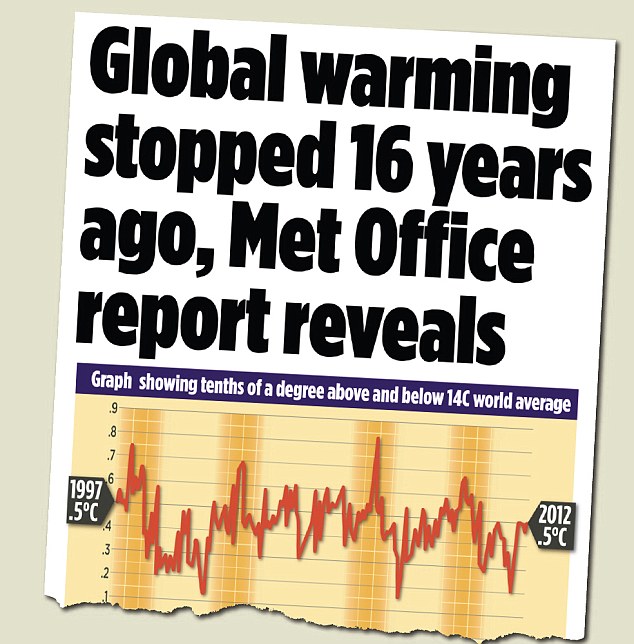Delta4Embassy
Gold Member
As measurements keep getting get better, we keep finding things are worse than originally thought. That generally goes for all climate science; the IPCC and other "alarmists" have been erring on the side of making predictions that are less severe than the reality.
Increased ice losses from Antarctica detected by CryoSat-2 - McMillan - 2014 - Geophysical Research Letters - Wiley Online Library
---
Abstract
We use 3 years of Cryosat-2 radar altimeter data to develop the first comprehensive assessment of Antarctic ice sheet elevation change. This new data set provides near-continuous (96%) coverage of the entire continent, extending to within 215 km of the South Pole and leading to a fivefold increase in the sampling of coastal regions where the vast majority of all ice losses occur. Between 2010 and 2013, West Antarctica, East Antarctica, and the Antarctic Peninsula changed in mass by −134 ± 27, −3 ± 36, and −23 ± 18 Gt yr−1, respectively. In West Antarctica, signals of imbalance are present in areas that were poorly surveyed by past missions, contributing additional losses that bring altimeter observations closer to estimates based on other geodetic techniques. However, the average rate of ice thinning in West Antarctica has also continued to rise, and mass losses from this sector are now 31% greater than over the period 2005–2010.
---
Mass loss of the Amundsen Sea Embayment of West Antarctica from four independent techniques - Sutterley - Geophysical Research Letters - Wiley Online Library
---
Abstract
We compare four independent estimates of the mass balance of the Amundsen Sea Embayment of West Antarctica, an area experiencing rapid retreat and mass loss to the sea. We use ICESat and Operation IceBridge laser altimetry, Envisat radar altimetry, GRACE time-variable gravity, RACMO2.3 surface mass balance, ice velocity from imaging radars and ice thickness from radar sounders. The four methods agree in terms of mass loss and acceleration in loss at the regional scale. Over 1992–2013, the mass loss is 83±5 Gt/yr with an acceleration of 6.1±0.7 Gt/yr2. During the common period 2003–2009, the mass loss is 84±10 Gt/yr with an acceleration of 16.3±5.6 Gt/yr2, nearly three times the acceleration over 1992–2013. Over 2003–2011, the mass loss is 102±10 Gt/yr with an acceleration of 15.7±4.0 Gt/yr2. The results reconcile independent mass balance estimates in a setting dominated by change in ice dynamics with significant variability in surface mass balance.
---
Have numerous problems science has alerted us to over the decades that we've done nothing about. Social violence, enviroment, health, etc. That we never do anything about them suggests they're by design or somehow desireable. Probably because people are making money off things the ways they are, and fixing problems would result in less profit. Nothing in the world ever seems to happen because it's the right things to do. It's always a matter of what makes more money? Projected foward, we're doomed. It's at he point where I wish hostile aliens would show up and start blasting stuff. Not like they could do any worse. And the sooner humans are gone, the sooner something else will get a chance at being a benefit to our planet instead of a liability like we are.





